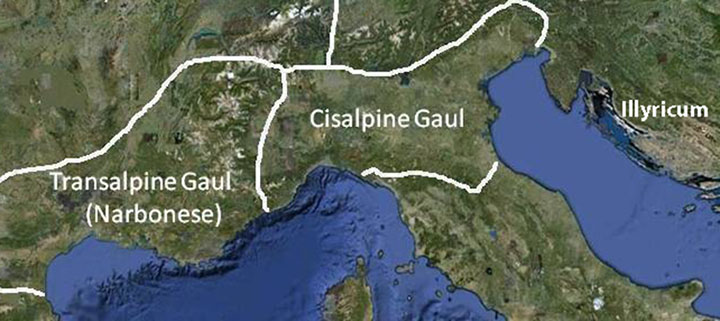Angela
Elite member
- Messages
- 21,823
- Reaction score
- 12,329
- Points
- 113
- Ethnic group
- Italian
@ Angela.
Yes Angela. Poor women. What suffering to have to go through it in the name of a cultural standard of beauty and social status. It reminded me of the women giraffes of Thailand who lengthen their necks artificially, always periodically placing an extra ring between the rings that they wear their whole lives around their necks.

@ halfalp
Transcribe your results GEDmatch Eurogenes K36 using the follwing link, as said Jovialis in the reply above:
http://gen3553.pagesperso-orange.fr/ADN/ancient.htm
I don't know if the "lotus feet" of China was worse. Apparently, the pain was excruciating for years, and the feet often atrophied and rotted. Still, could the head deformation thing make them retarded?
What a choice!



















